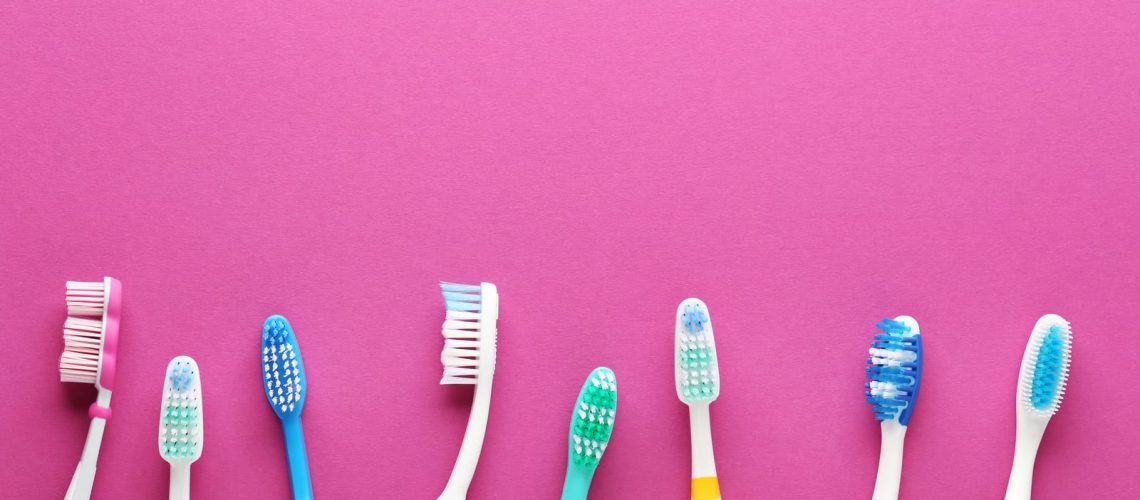Today’s market has given us a multitude of toothbrushes to choose from, and among those various choices, there are multiple features to them that all claim to help you have a better brushing experience. From electric to foldable, toothbrushes are the tools needed for better oral health and a happier smile. As experts in all things teeth, toothbrushes are our forte, and we’re here to provide you with some insights on what toothbrushes work, what ones don’t, and what toothbrush may be best for you.
What The Experts Say About Toothbrushes
As pediatric dentists, our goals are to provide better dental care for families everywhere. That means knowing what toothbrushes to use matter when it comes to helping children learn the most from their dentists and assisting parents to gain the most out of their dental services. For toothbrushes, we’ve offered a handy guide towards choosing the right toothbrush for both you and your children.
- Electric or Manual: If you’re wondering about toothbrushes and don’t know where to begin, then let’s start with two choices. Electric toothbrushes give users a much smoother experience and often help those with limited dexterity. Children with difficulties brushing their teeth can often brush their teeth too vigorously and often need help getting into the back molars while cleaning. Electric toothbrushes can give those with special needs and difficulties a more automated experience. However, if you find that you’re child’s great at brushing, then choose manual.
- Fun Fact: Both electric and manual toothbrushes have the same capacity to clean teeth! According to recent studies, electric toothbrushes have just as good plaque removal as manual toothbrushes and offer more improvements to the experience.
- Look For ADA Approval: The American Dental Association approves toothbrushes yearly to help assess toothbrushes’ safety for families everywhere. We trust the ADA’s approval process when approving toothbrushes.
- Soft, Medium, Hard Bristles: Many dentists recommend soft brushes, especially for children whose teeth are still developing. Soft bristles are soft on the gums but are tough enough to get rid of plaque and debris.
- Handles and Heads: Small heads can allow children to gain better access to their back molars, and if your child tends to drop their toothbrush often, then a non-slip grip may be best for them!
Narrowing Down Your Toothbrush Choices
Always replace your child’s toothbrush every three months, as the brush bristles will collect germs over time and can lead to gum infections. The wear and tear of the bristles can also hurt your child’s mouth over time, especially if they have a habit of brushing too hard. When choosing a new toothbrush for your child, always consult your dentist to discuss the best options for them. If you’re searching for a new toothbrush for yourself, then you’ve come to the right place! Choose your favorite color, and with our guide, find the toothbrush that’s right for your teeth to give you that glorious smile!

